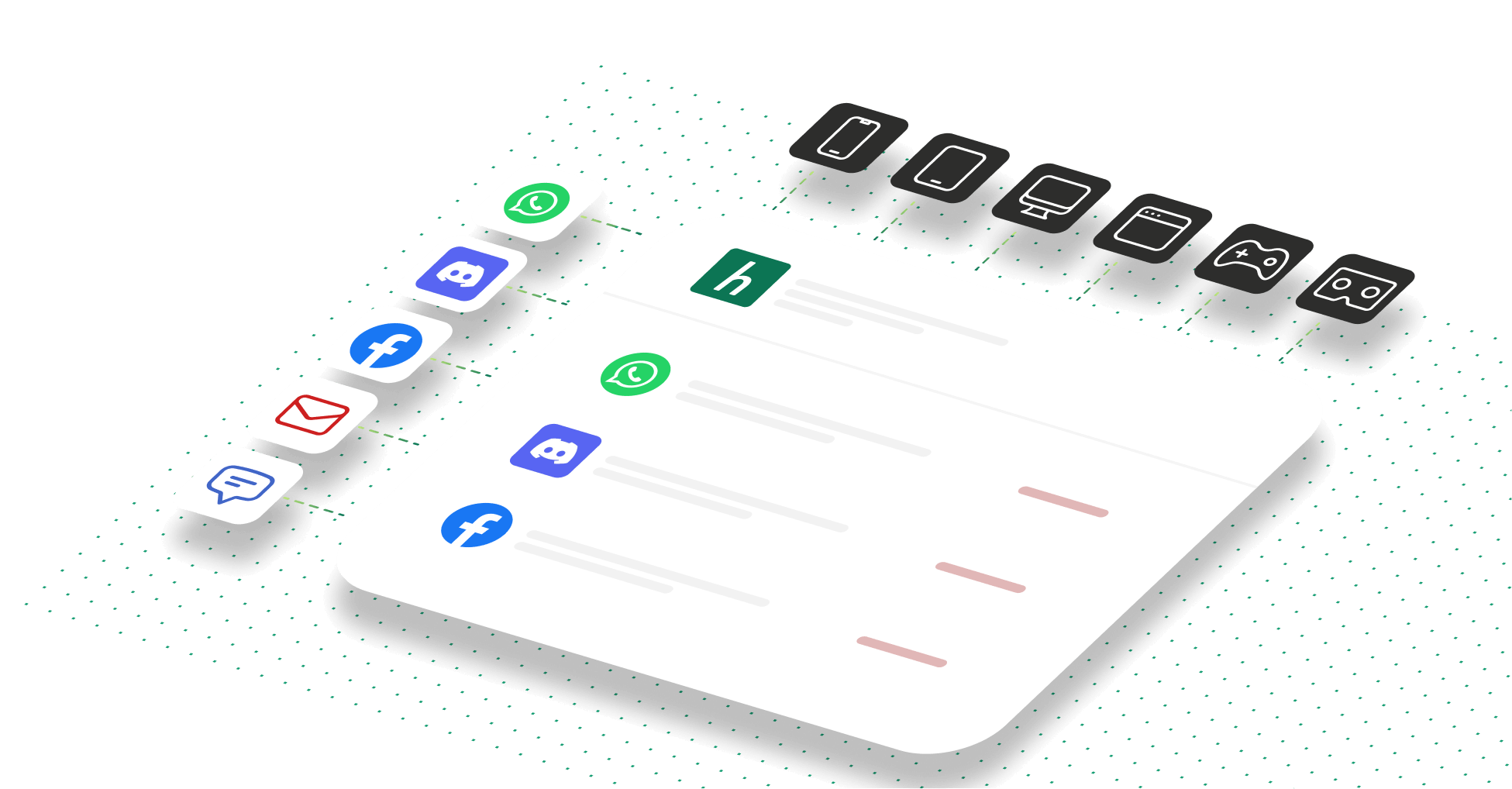Elevating Customer Experience
Through AI + Human Collaboration
Discover the only customer service solution combining AI, skilled human specialists, and state-of-the-art technology. Deliver world-class customer experiences, keep support teams happy, and significantly reduce support TCO
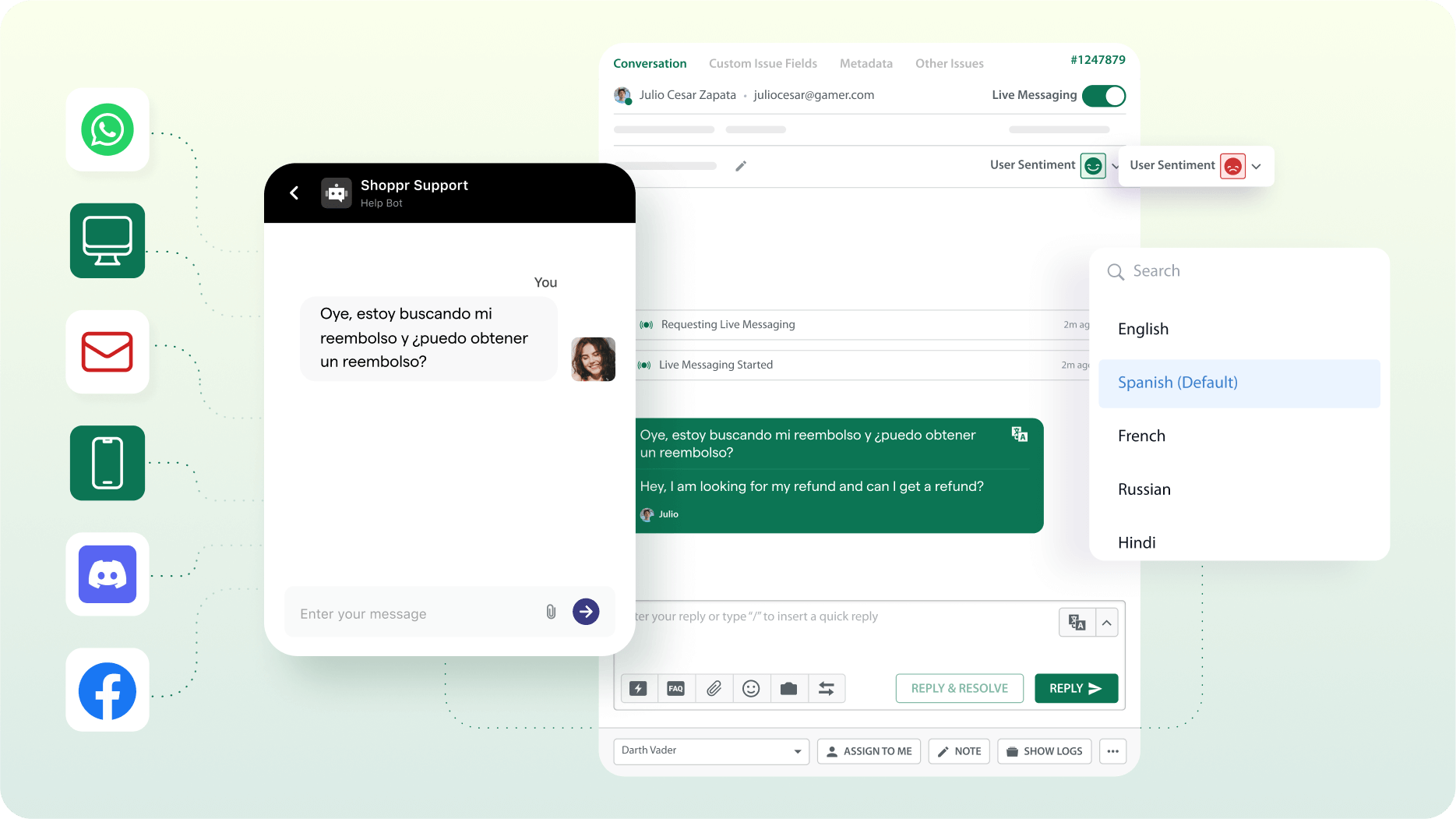
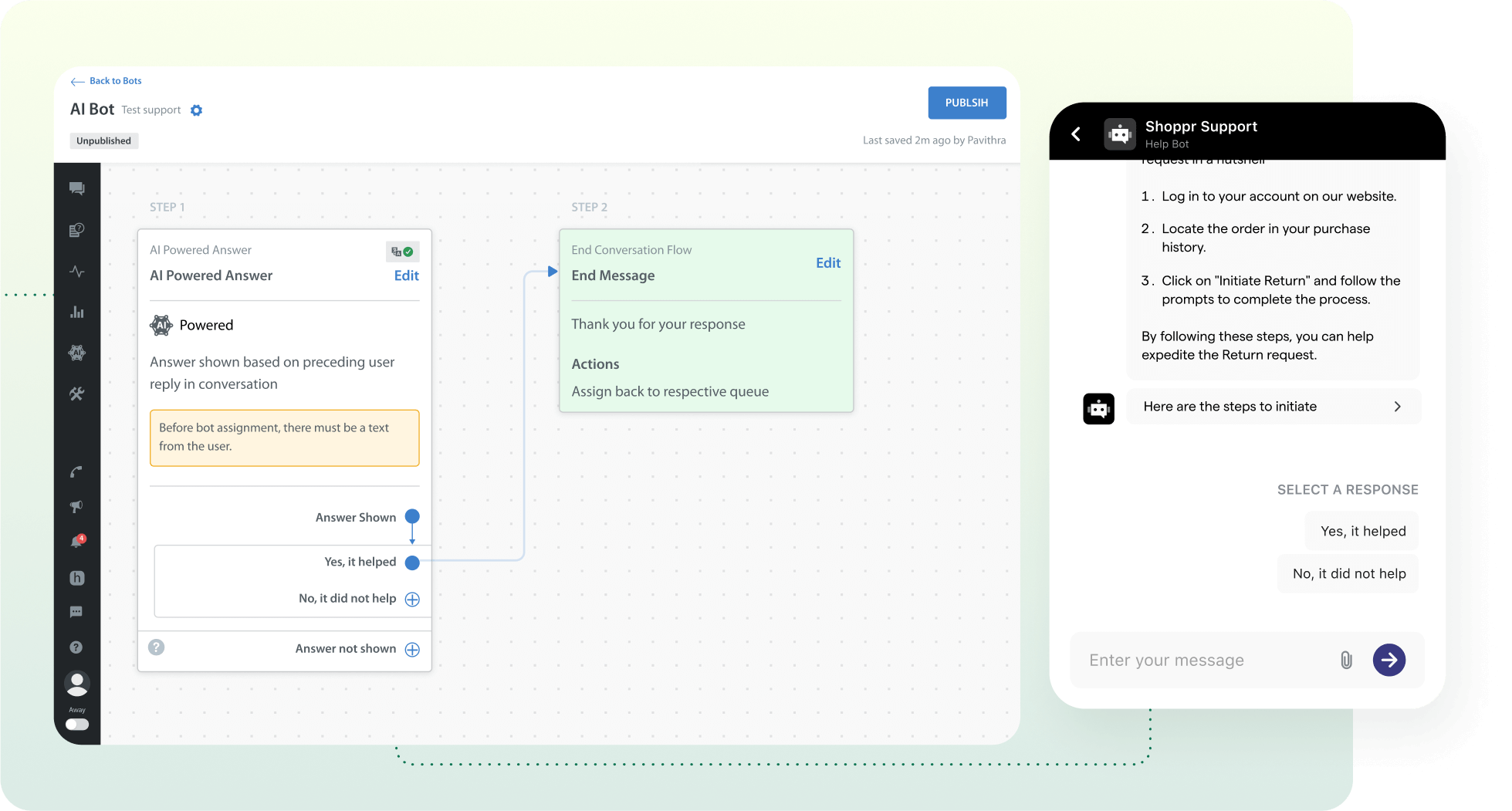
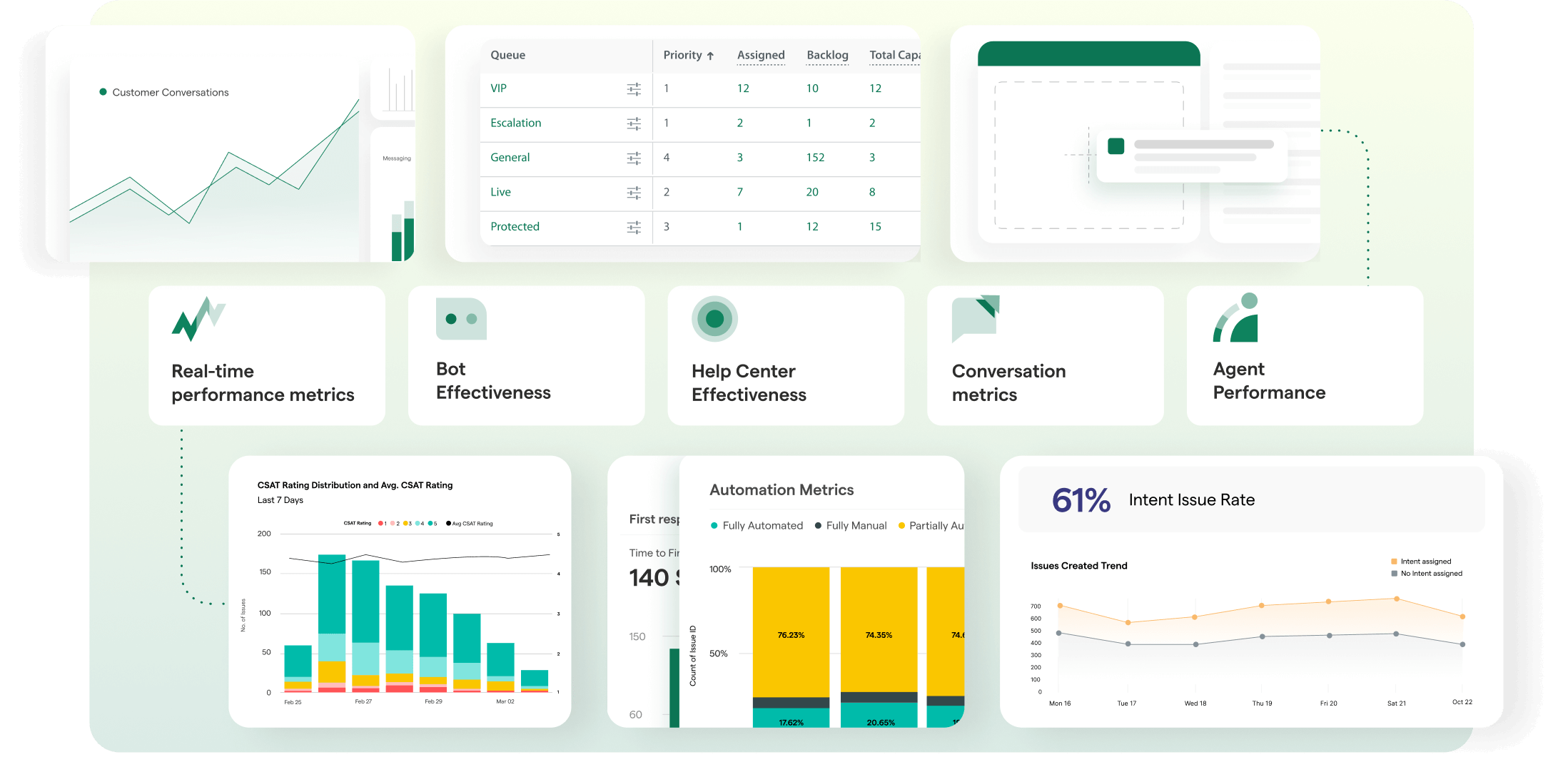
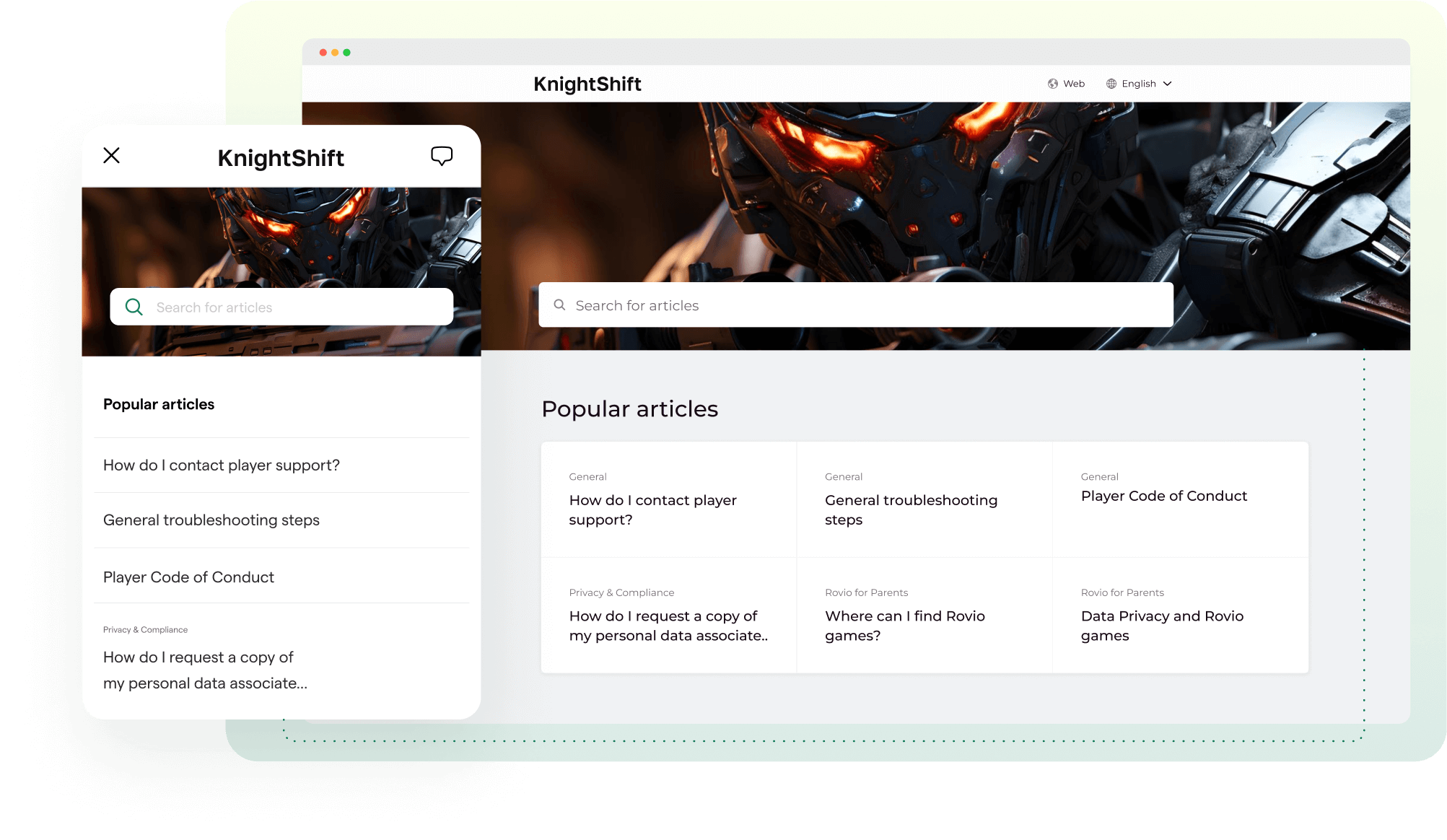
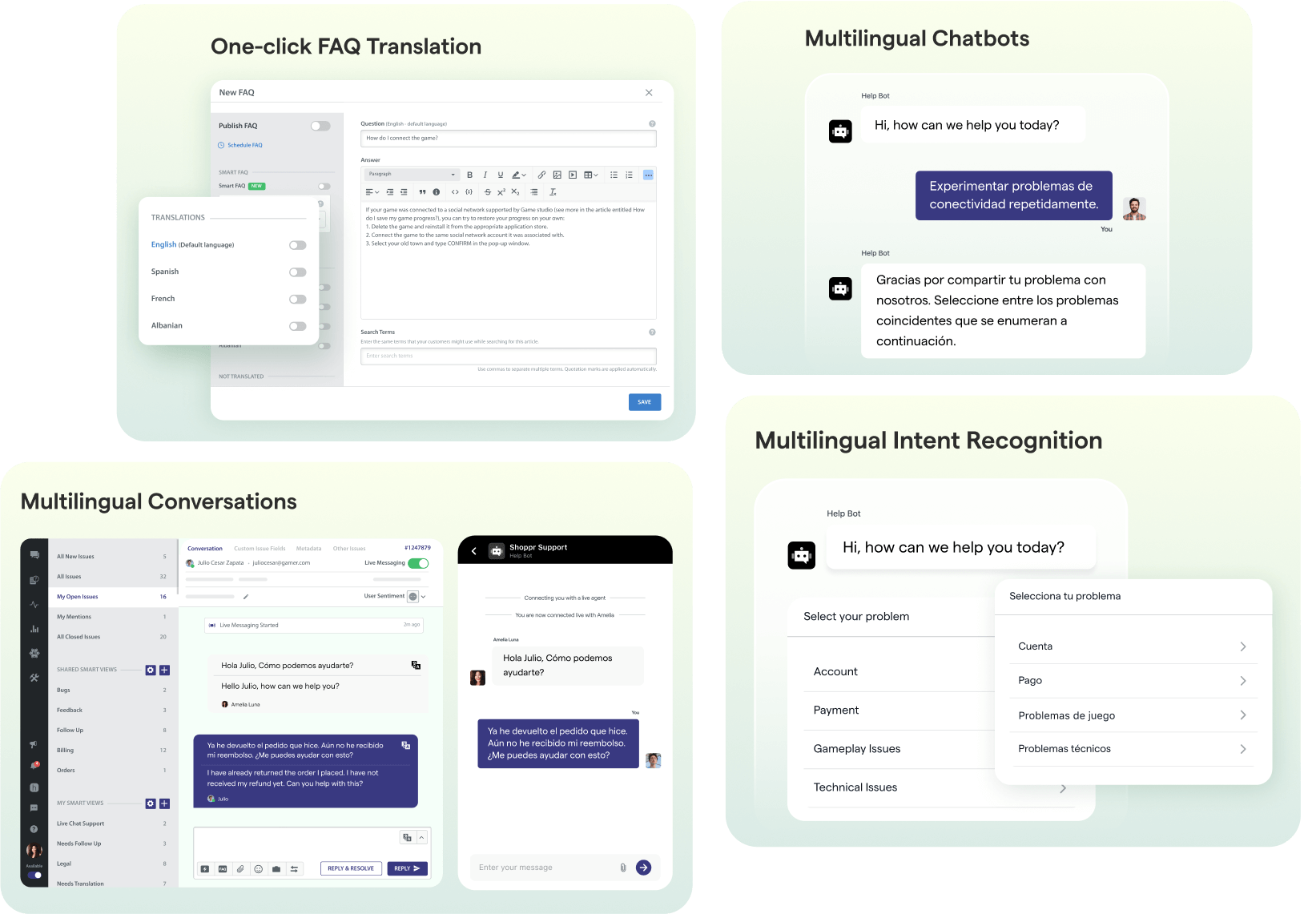
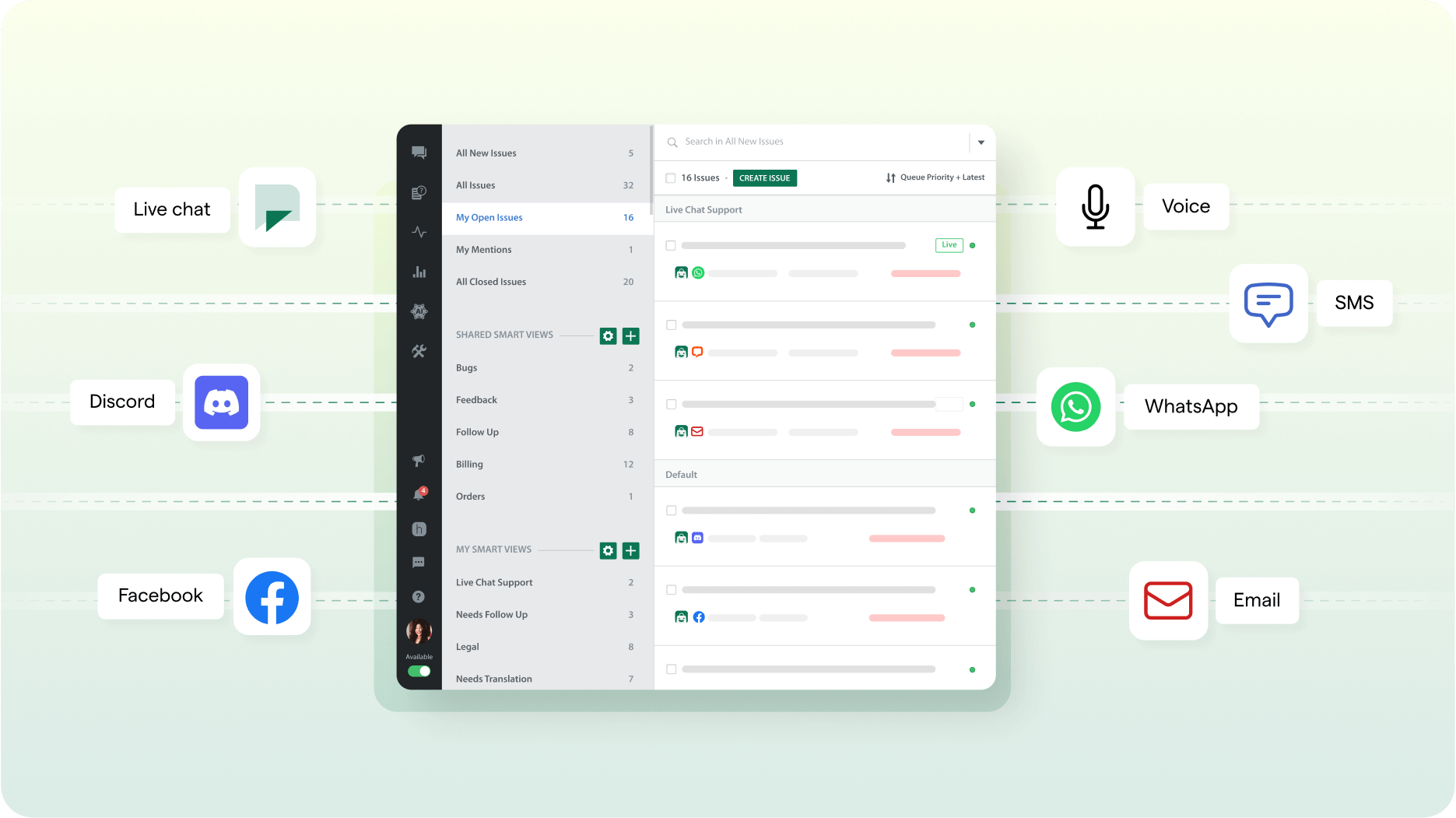
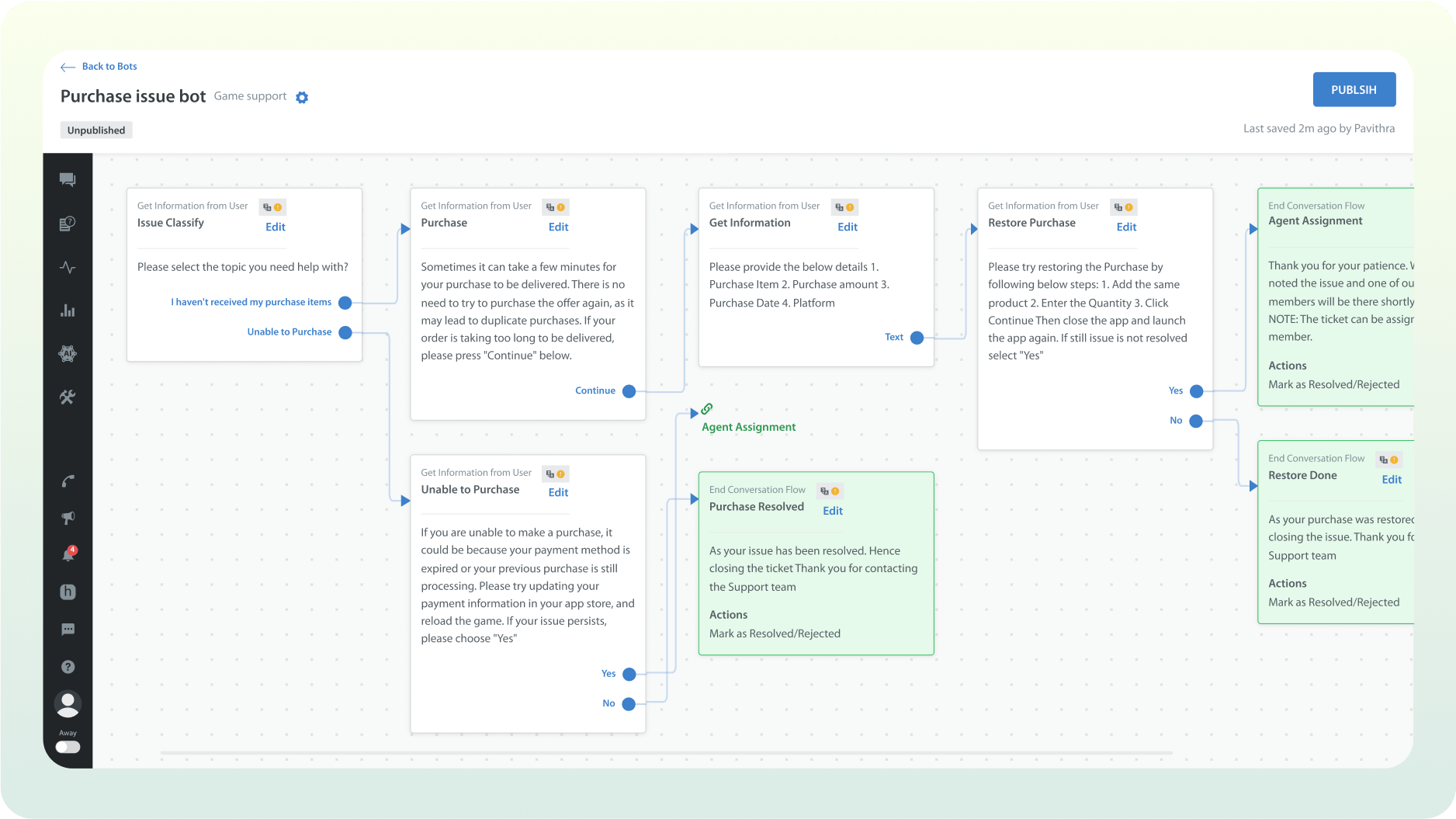
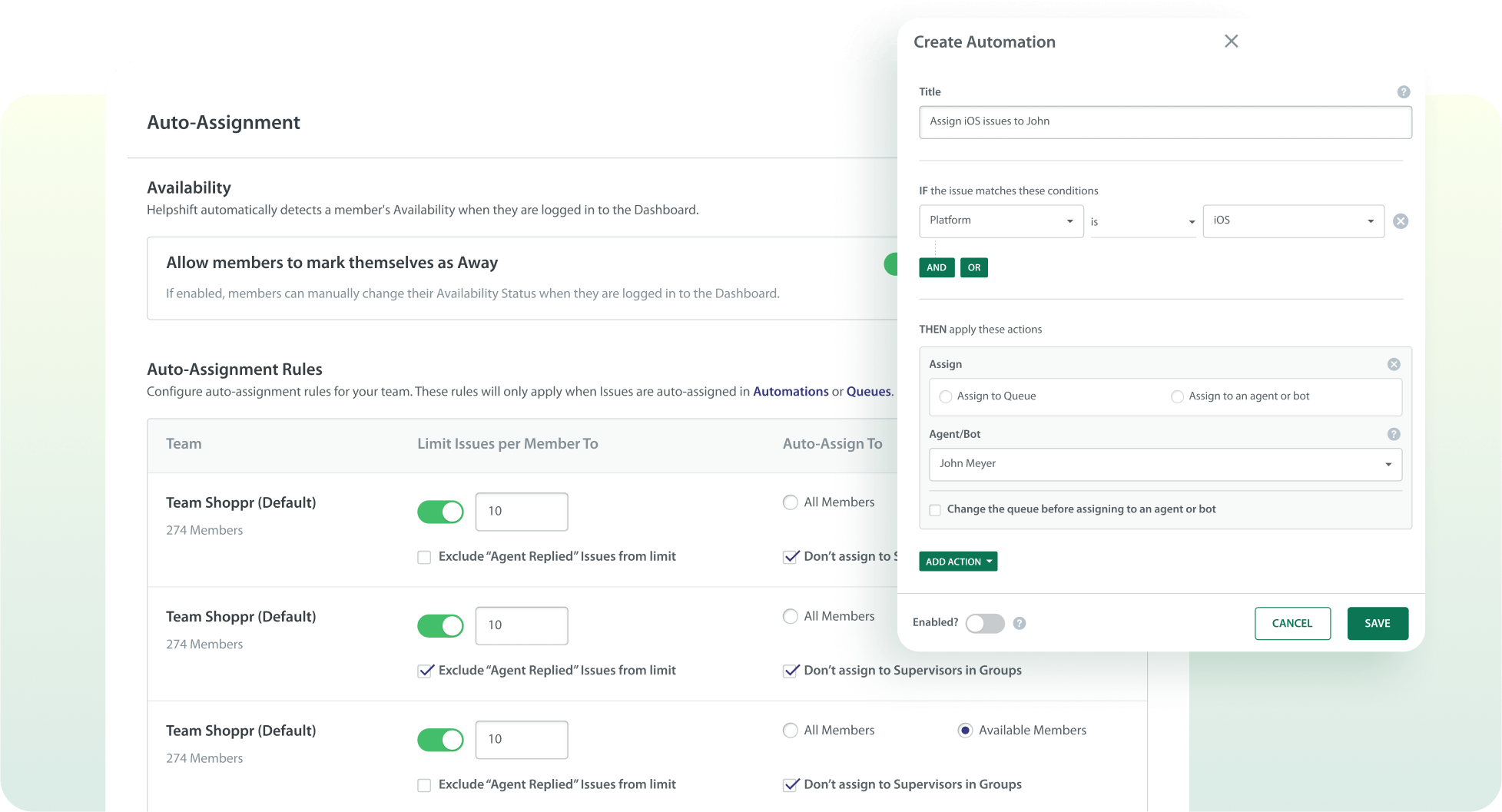
Trusted by
Top global companies for exceptional customer support











Helpshift’s AI-powered Platform - Go from inquiry to resolution in record time.
AI-first, omni-channel and cross-platform solution enhancing CX by understanding and connecting every step of the customer journey. Improve customer experience and agent productivity through a unified solution for self-service, conversational support, and ticketing, optimized for speed, efficiency, and satisfaction.
- Self Help Al
- Trained Intent AI
- Generative AI Answers
- Managed AI Workflows
- Language AI
- Agent AI copilot
Self Service
User Intent
Instant
Recommendation
Guided Service
Human Assistance
Help Center
Helpshift curated in-app knowledge puts answers and easy fixes directly into user hands.
Smart Intents
Helpshift Bots confirm user intent, starting users on a
fully personalized
support journey.
Al Powered Answers
Helpshift Bots prompt the user to consider only the most pertinent articles from the knowledge base.
Custom Bots
& Automation
A guided service
helps the user to
triage and solve
common problems.
Agent
Dashboard
Agents are reserved for concierge level service.
 Self Service
Self Service
Help Center
Helpshift curated in-app knowledge puts answers and easy fixes directly into user hands.
- Self Help AI
- Language AI
 User Intent
User Intent
Smart Intents
Helpshift Bots confirm user intent, starting users on a
fully personalized
support journey.
- Trained Intent AI
- Language AI
 Instant Recommendation
Instant Recommendation
Al Powered Answers
Helpshift Bots prompt the user to consider only the most pertinent articles from the knowledge base.
- Generative AI Answers
- Language AI
 Guided Service
Guided Service
Custom Bots & Automation
A guided service helps the user to triage and solve common problems.
- Managed AI Workflows
- Language AI
 Human Assistance
Human Assistance
Agent Dashboard
Agents are reserved for concierge level service.
- Language AI
- Generative AI Answers
- Agent AI Copilot
AI Infused Modern Support Journey
AI-Powered Self-Service
Empower Your Customers with Instant Answers
Our Help Center leverages AI to guide users through a seamless self-service experience. With intelligent article recommendations and smart FAQs, customers can resolve their queries instantly, reducing support ticket volumes and enhancing customer satisfaction.
Automation And AI Chatbots
Maximize Efficiency with AI and Automation
Helpshift’s AI Chatbots and Automation capabilities are designed to streamline the support process. From routing inquiries with Smart Intents to offering personalized solutions through AI Chatbots, our platform ensures your support is scalable, efficient, and available 24/7, without compromising on quality.
AI-Powered Agent Workspace
Effortless Engagement: AI-Enhanced Workspace for Enhanced Agent Productivity
Our AI-enhanced agent workspace is designed to enhance productivity and streamline ticket management. Advanced AI capabilities like real-time translation and sentiment analysis enable agents to understand and respond to global customer needs swiftly. Agents can quickly access customer information and conversations, facilitating faster resolutions and a personalized support experience.
- AI-Enhanced
- Unified Dashboard
- Effortless Engagement
Messaging – Live and Async
Unlock Seamless Conversations Across Platforms with Messaging
Engage with your customers on their terms with our versatile messaging options. Whether it’s live chat for instant support or asynchronous messaging for less urgent inquiries, Helpshift’s platform ensures a seamless, consistent experience across all channels.
Live Messaging
Connect with your customers instantly and address their queries and concerns efficiently.
Async Messaging
Engage with customers even when they are not actively online, ensuring continuous support.
AI Chatbots
Instantly resolve common queries with custom bots, automations and Generative AI
Gain Insights into your Customers' Interactions and your Agents' Performance
Our comprehensive analytics and reporting tools, including real-time dashboards, provide the insights you need to continuously improve your support operations.
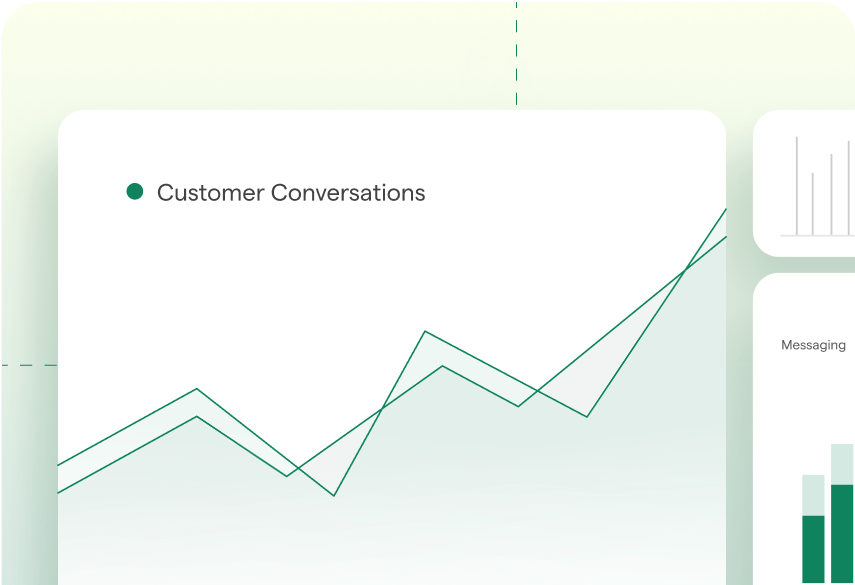
Customer Service Analytics
Our advanced reporting and analytics provide actionable insights into your customer service performance.
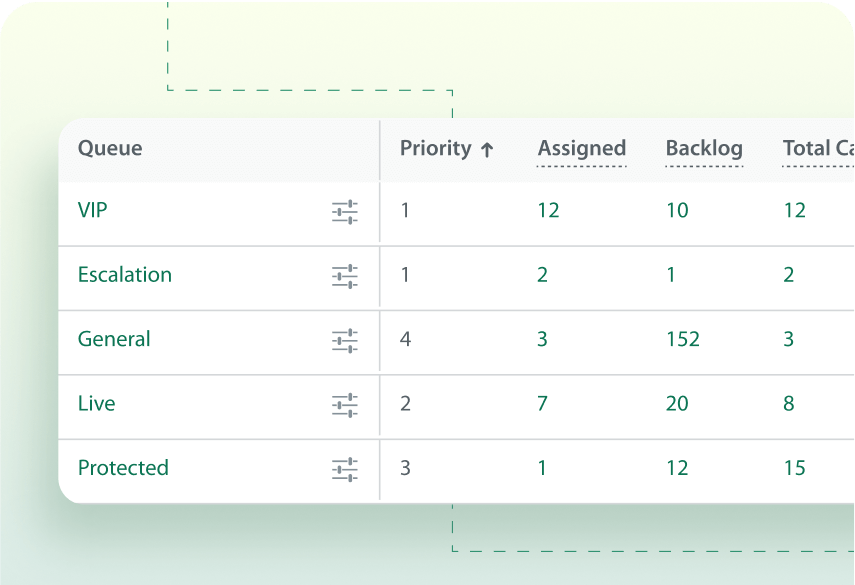
Real-Time Monitoring
Streamline your support operations with real-time queue monitoring, team activity tracking, and agent performance metrics
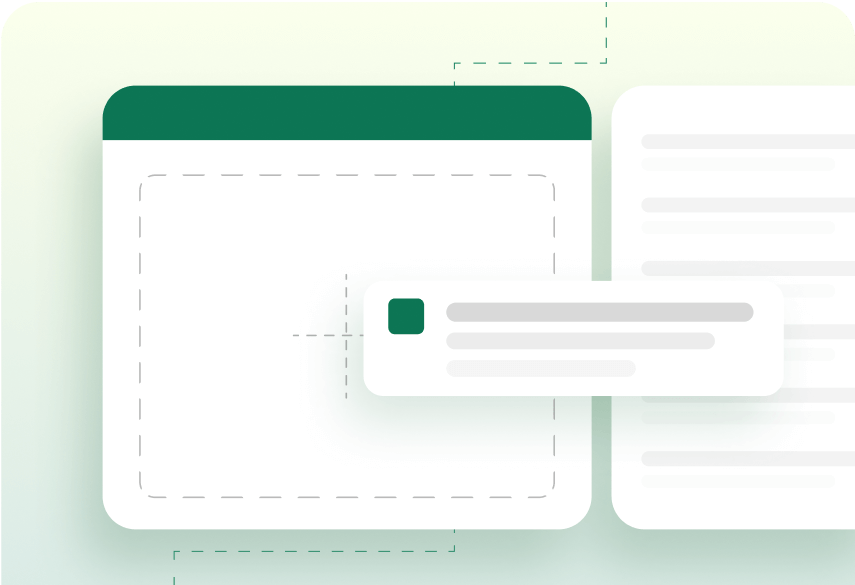
Customizable Reports
Create reports and dashboards from scratch and customize them to suit your needs.
Happy Customers
Hear what our customers have to say about us

Partnering with an all-in-one solution with combined expertise in both personnel and tools offers significant benefits. It streamlines operations by eliminating the need to coordinate with multiple vendors, ensuring consistency across platforms, and reducing overall costs. The true power of having the services and the technology under one roof lies in the ability to consult with Helpshift and Keywords on automation strategy and best practices, helping us with change management and the challenges of scaling rapidly whilst maintaining cost efficiency.
Vlad Oboronko
SYBO, Player Support Lead

We trialed a number of suppliers and Helpshift was the one that best suited our needs. The fact that journeys could easily be built in-house from an operational rather than an IT perspective was hugely appealing. We can focus on making the journey the best we can from a customer perspective without having to worry too much about the £s per journey, which is liberating and proof that Helpshift’s ethos is aligned with our own.
Liz Martin
Customer Advocacy Manager, Paymentshield

The chat feature on our app helps us interact with our guests more quickly and it’s an easy way for guests to contact us. Using chat as an additional communication medium between our staff and guests also improves our hotel review rating as we can promptly solve our guests’ problems
Pawinee Poonyopakorn
Digital Marketing Director, Red Planet
Transform Your Customer Service Experience
Experience the future of customer service with Helpshift. Contact us for a demo and see firsthand how our AI-powered platform can revolutionize your support operations.
